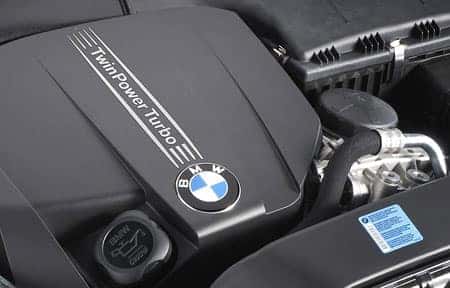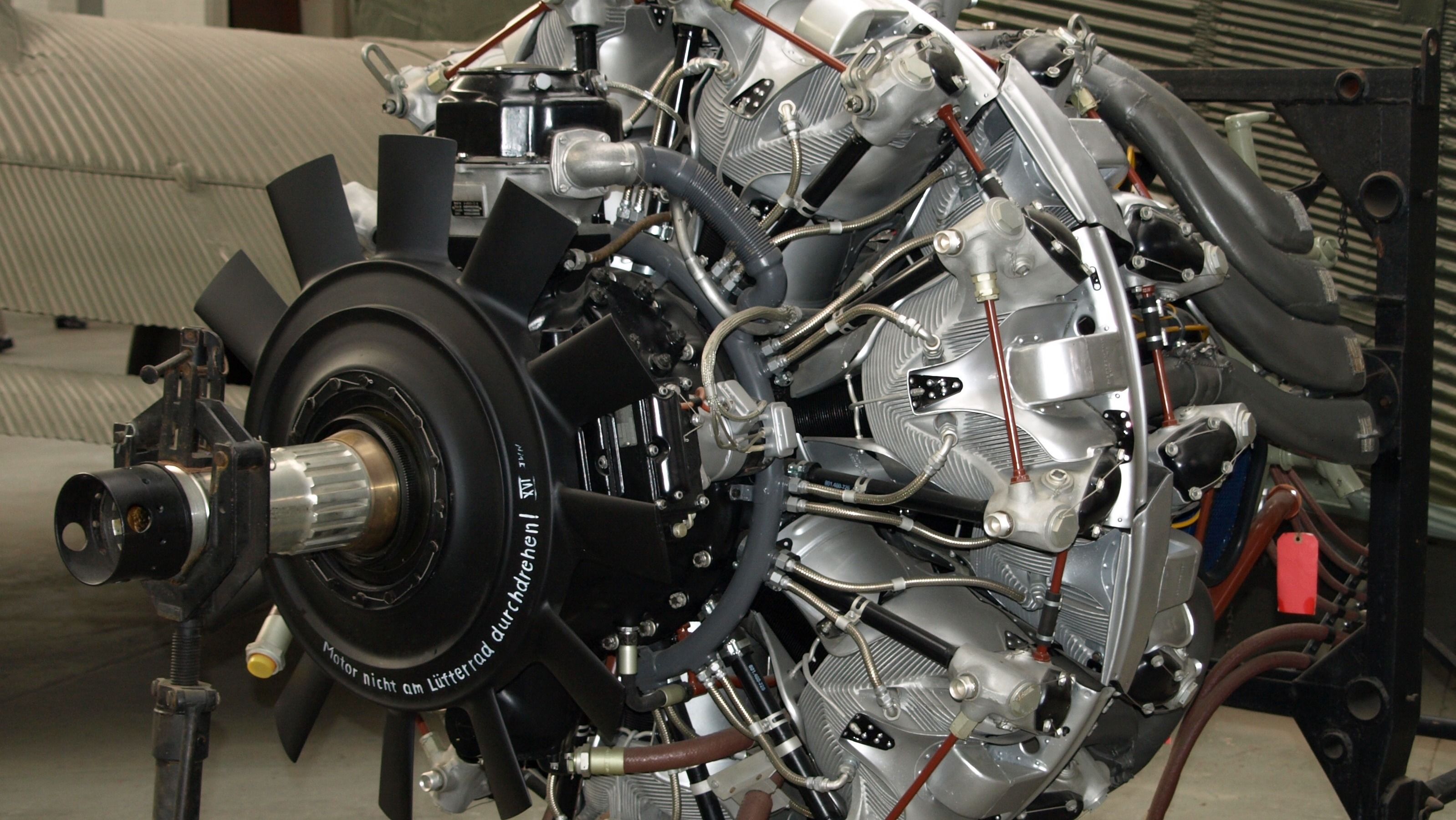Usual Concerns Encountered by BMW Engine Owners and Just How to Address Them
Usual Concerns Encountered by BMW Engine Owners and Just How to Address Them
Blog Article
Exploring the Development of Combustion Engines in Modern Transportation Systems
As we navigate the landscape of modern transport, the development of combustion engines stands as a testimony to human ingenuity and design prowess. The interaction of history, technology, and ecological issues in shaping the trajectory of burning engines creates a story that is both insightful and compelling.
Very Early Beginnings of Combustion Engines
How did the principle of combustion engines initial emerge in the beginning of transportation growth? When the principles of interior combustion were first checked out, the origins of combustion engines can be mapped back to the 17th century. In 1673, Christian Huygens conceptualized a standard internal burning engine that made use of gunpowder to produce power. It had not been till the late 19th century that useful applications of burning engines in transport began to arise.
The innovation minute came with the creation of the initial effective gasoline-powered engine by Karl Benz in 1885 - bmw engine. This engine led the way for the growth of the modern-day automobile, reinventing transport systems worldwide. Succeeding developments by Nikolaus Otto and Gottlieb Daimler further improved burning engine innovation, leading to the automation of automobiles and the rapid growth of the transport market
These early combustion engines were defined by their simplicity and efficiency, laying the foundation for the complex and effective engines made use of in modern-day transport systems. The development of burning engines has contributed fit the way we take a trip and move items, noting a considerable turning point in the history of transport growth.
Shift to Internal Combustion Modern Technology
The shift to inner burning technology marked a critical change in the advancement of transportation systems. This shift started in the late 19th century, with inventors like Nikolaus Otto and Gottlieb Daimler establishing the very first successful internal combustion engines. These engines reinvented transportation by providing a much more reliable and powerful option to steam engines and electrical motors.
One of the key benefits of internal combustion engines was their capacity to be scaled down to fit right into lorries, bring about the growth of vehicles and motorcycles. This change from cumbersome, fixed engines to portable, mobile ones paved the method for the modern transport systems we see today.
The transition to internal combustion innovation additionally stimulated developments in gas innovation, causing the development of fuel and diesel as primary gas sources for lorries. This change not only made transportation extra accessible to the masses but also laid the structure for the oil and gas sector to become integral to international economies.
Effect of Combustion Engines on Transport
The adoption of combustion engines in transport systems militarized an extensive shift in the effectiveness and speed of international movement. Combustion engines changed transport by providing a trustworthy and functional resource of power for numerous lorries, including automobiles, airplanes, ships, and trucks. This innovation substantially enhanced the capacity for items and individuals to conform fars away in shorter timespan, causing raised connection in between areas and nations.
Moreover, the extensive use of combustion engines has actually had a considerable effect on economic advancement. The ability to carry goods efficiently has stimulated profession and business, permitting services to broaden their markets and reach consumers worldwide. This has actually promoted financial growth and globalization, as products can currently be moved quicker and in check this larger quantities than ever in the past.
However, the ecological influence of burning engines can not be neglected. The burning of nonrenewable fuel sources has caused air pollution and greenhouse gas discharges, adding to climate adjustment and presenting health and wellness risks to populaces. bmw engine. Because of this, there is a growing focus on establishing alternative propulsion modern technologies to alleviate these negative results and produce a more lasting future for transportation
Innovations in Burning Engine Design
One significant advancement is the growth of turbocharged engines, which utilize exhaust gases to drive a wind turbine that compresses incoming air, allowing for even more gas to be scorched, resulting in increased power output without a significant rise in engine dimension. Variable valve timing systems have additionally changed engine style by enhancing airflow at various engine rates, improving both power and effectiveness. These innovations jointly add to the constant improvement of burning engines in contemporary transportation systems.
Future Fads in Burning Engine Development
With technology improvements driving continuous advancement, the future of burning engine development is positioned to revolutionize transportation systems internationally. One of the vital trends in burning engine growth is the push towards higher performance and decreased discharges.
An additional prominent pattern is the fostering of crossbreed innovations in combustion engines. Crossbreed engines incorporate traditional combustion innovation with electrical power, supplying improved fuel effectiveness and lower discharges. As the automotive sector changes towards electrification, hybrid combustion engines are seen as a transitional service that connects the space in between standard lorries and fully electric ones.
Furthermore, the combination of wise innovations, such as fabricated knowledge and information analytics, is anticipated to play a substantial duty in the future of burning engine growth. These modern technologies can maximize engine efficiency in real-time, causing a lot more reliable burning processes and improved overall car performance. Embracing these future trends will certainly not just drive technology in burning engine advancement but also contribute to an extra ecologically friendly and lasting transport environment.

Conclusion
In verdict, the advancement of burning engines in modern-day transportation systems has actually been noted by considerable improvements in modern technology and layout. From the very early starts of combustion engines to the transition to internal combustion technology, these engines have actually had an extensive effect on transport. Advancements in combustion engine layout remain to drive progression in this area, with future patterns focusing on further boosting performance and minimizing discharges. The future of combustion engines in transportation looks encouraging as r & d initiatives remain to push boundaries.
The roots of burning engines can be mapped back to the 17th century when the principles of inner combustion were initial explored. These engines changed transportation by offering a much more efficient and effective alternative to vapor engines and electric motors.

Report this page